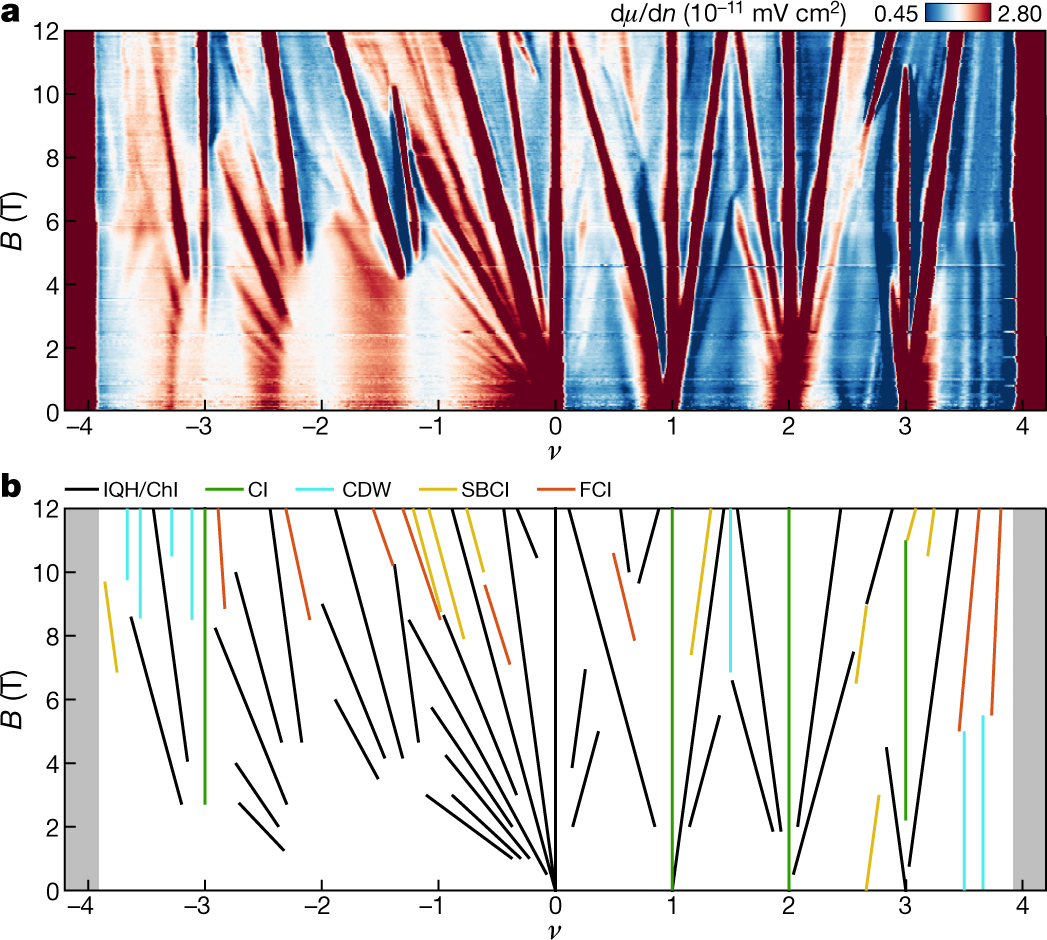The experimental isolation of monolayer graphene almost twenty years ago brought the physics of two-dimensional electron systems—once the exclusive domain of semiconductor heterostructures—to the masses. What only became clear later, however, is that an entire family of layered materials can be isolated and handled using the same techniques as those used for monolayer graphene. Layered materials run the gamut from semimetals like graphene to insulators, semiconductors, superconductors and magnets, and one of the key lessons of the last decade—as shown, for instance, by the advent of encapsulated hBN heterostructures and of unconventional superconductivity in twisted bilayer graphene—is that clever combinations of layered materials can realize nearly ideal electronic systems in setting with unrivaled tunability.
The study of strongly-correlated electronic phases in layered materials is a major research focus of the Yacoby lab, and our group has developed novel techniques and probes for interrogating the properties of these complex systems, including local-probe methods such as scanning single-electron transistor microscopy and NV center magnetometry, novel integrated quantum sensors such as microwave resonators, and even graphene-based spin wave generators. These tailor-made tools allow us to discover new phenomena that very often evade detection by less specialized approaches. If the pace of recent advances in the field of layered materials is any indicator, we can expect the next twenty years to be at least as exciting as the first twenty, and we anticipate that our tools will play an important role in the ultimate goal of achieving complete understanding and nanoscale control of these systems.
We have active collaborations with the Kim Group at Harvard and the Jarillo-Herrero Group at MIT.
Selected research:

|

|
|
Fractional Chern Insulators are observed in the twisted bilayer graphene by scanning single-electron transistor. Y. Xie et al |
Artist's view of magnon absorption by graphene. Spin waves are electrically generated and detected in a quantum Hall ferromagnet. D.S. Wei et al. Science 362, 229-233 (2018) For a summary of this work for the general public please see this news article |